The New York State Energy Research and Development Authority (NYSERDA) announced that $5 million is now available for demonstration projects that co-locate solar and agriculture within the state. Each project can receive up to $750,000. The state aims to expand the body of knowledge on the technical and financial viability of solar agrivoltaic facilities.
Participants in the program must agree to share data on the projects, including costs, benefits, lessons learned, and to host educational events open to the public.
Applications can be submitted through the NYSERDA website September 12, 2024, at 3 p.m.
Agrivoltaic facilities that are part of a larger solar facility should submit their application accounting only for the solar power area that is part of the agrivoltaic experiment. For instance, a 5 MW solar facility that integrates corn cultivation within 1 MW of solar panels should apply as a 1 MW agrivoltaic facility.
Agrivoltaic projects must be a minimum of 100 kW and are limited to 5 MWac.
According to NYSERDA summary documentation, eligible crops, livestock, and livestock products include, but are not limited to:
- Field crops, including corn, wheat, oats, rye, barley, hay, potatoes and dry beans.
- Fruits, such as apples, peaches, grapes, cherries and berries.
- Vegetables, such as tomatoes, snap beans, cabbage, carrots, beets and onions.
- Horticultural specialties, including nursery stock, ornamental shrubs, ornamental trees, and flowers.
- Livestock and livestock products, including cattle, sheep, hogs, goats, horses, poultry, ratites (such as ostriches, emus, rheas and kiwis), farmed deer, farmed buffalo, fur bearing animals, wool bearing animals (such as alpacas and llamas), milk, eggs, and furs.
- Maple sap.
- Christmas trees derived from a managed Christmas tree operation whether dug for transplanting or cut from the stump.
- Aquaculture products, including fish, fish products, water plants and shellfish.
- Woody biomass, which means short rotation woody crops raised for bioenergy, and does not include farm woodland.
- Apiary products, including honey, beeswax, royal jelly, bee pollen, propolis, package bees, nucs and queens. “Nucs” are defined as small honeybee colonies created from larger colonies, including the nuc box – a smaller version of a beehive, designed to hold up to five frames from an existing colony.
- Actively managed log-grown woodland mushrooms.
- Industrial hemp as defined in Section 505.
Projects that solely include pollinator-friendly ground cover, apiary installation and maintenance, sheep grazing, or crops for biofuel generation are not eligible.
The project application package includes a “General Eligibility Checklist.” A negative response to any of the questions on this form may disqualify the proposal from further consideration.
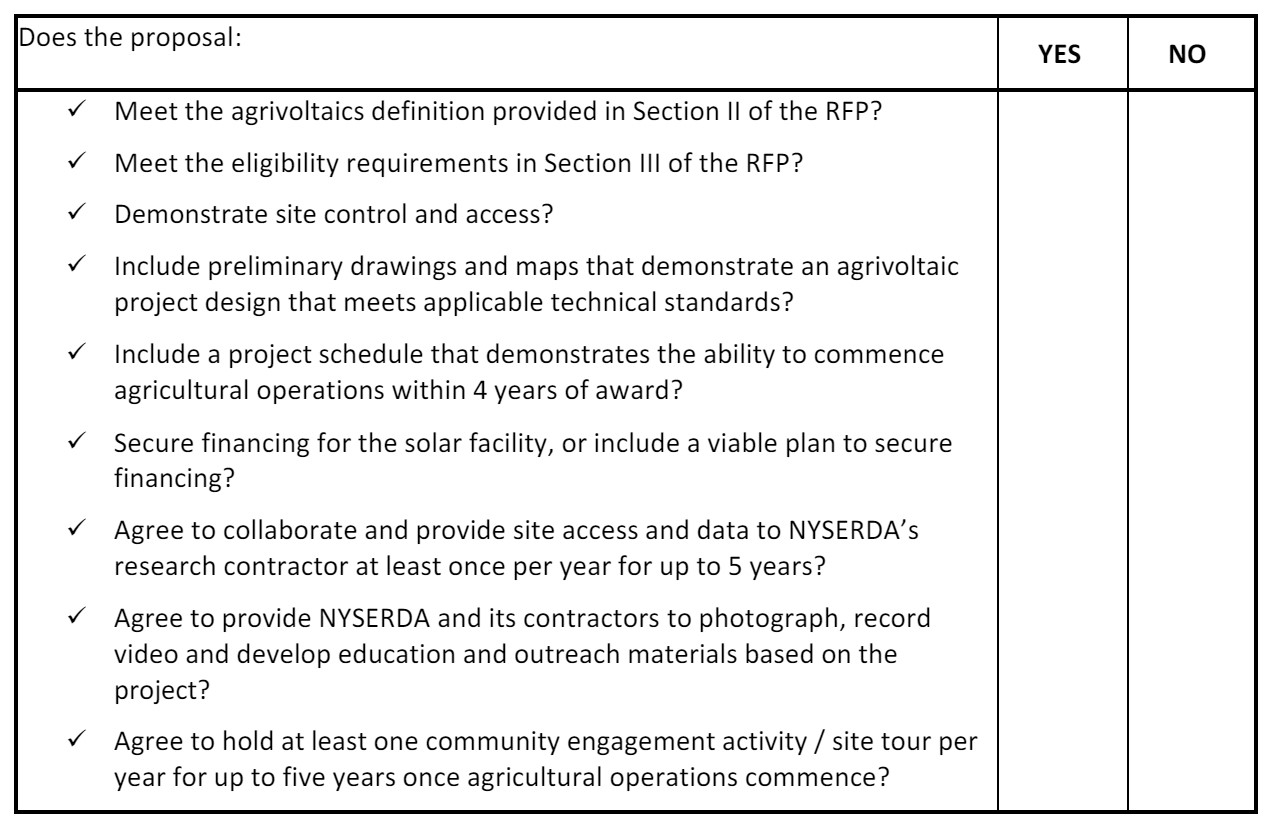
Source: NYSERDA
A variety of eligible groups, including solar developers, farmers, landowners, nonprofit organizations, educational institutions, and local governments, can submit projects. Individuals and business owners may also apply independently. Teams looking to enhance existing or under-development distributed solar projects must apply through the NY SUN portal and be certified as NY SUN contractors. Additionally, projects associated with the NYSERDA Large Scale Renewable program are eligible.
The total potential prize of $750,000 is split into two parts; it allocates up to $500,000 for funding incremental solar hardware to ensure the facility’s viability. The remaining $250,000 is designated to support the agricultural aspects of the project. Funding will cover no more than $0.50 per watt for the incremental costs of the solar power plant.
This content is protected by copyright and may not be reused. If you want to cooperate with us and would like to reuse some of our content, please contact: editors@pv-magazine.com.
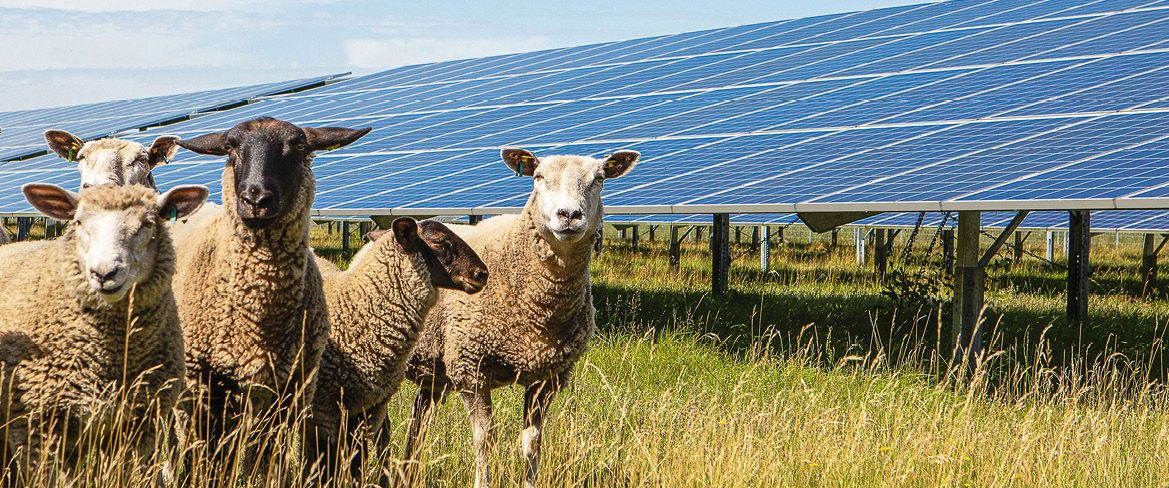
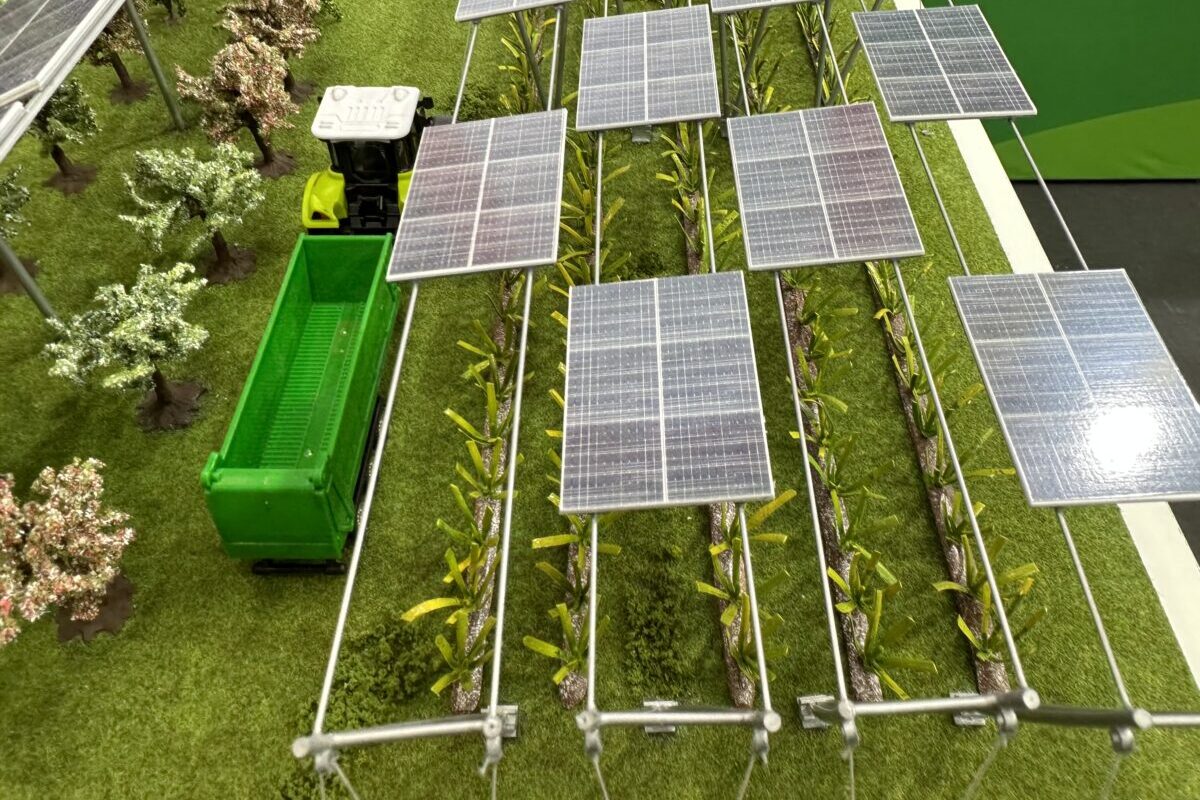


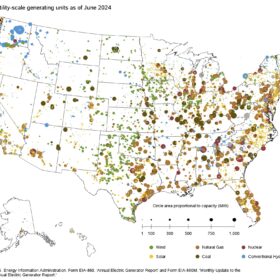
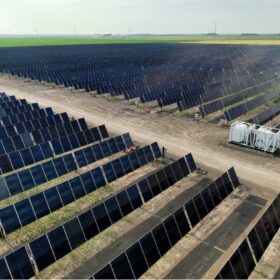


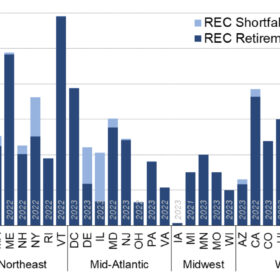
By submitting this form you agree to pv magazine using your data for the purposes of publishing your comment.
Your personal data will only be disclosed or otherwise transmitted to third parties for the purposes of spam filtering or if this is necessary for technical maintenance of the website. Any other transfer to third parties will not take place unless this is justified on the basis of applicable data protection regulations or if pv magazine is legally obliged to do so.
You may revoke this consent at any time with effect for the future, in which case your personal data will be deleted immediately. Otherwise, your data will be deleted if pv magazine has processed your request or the purpose of data storage is fulfilled.
Further information on data privacy can be found in our Data Protection Policy.